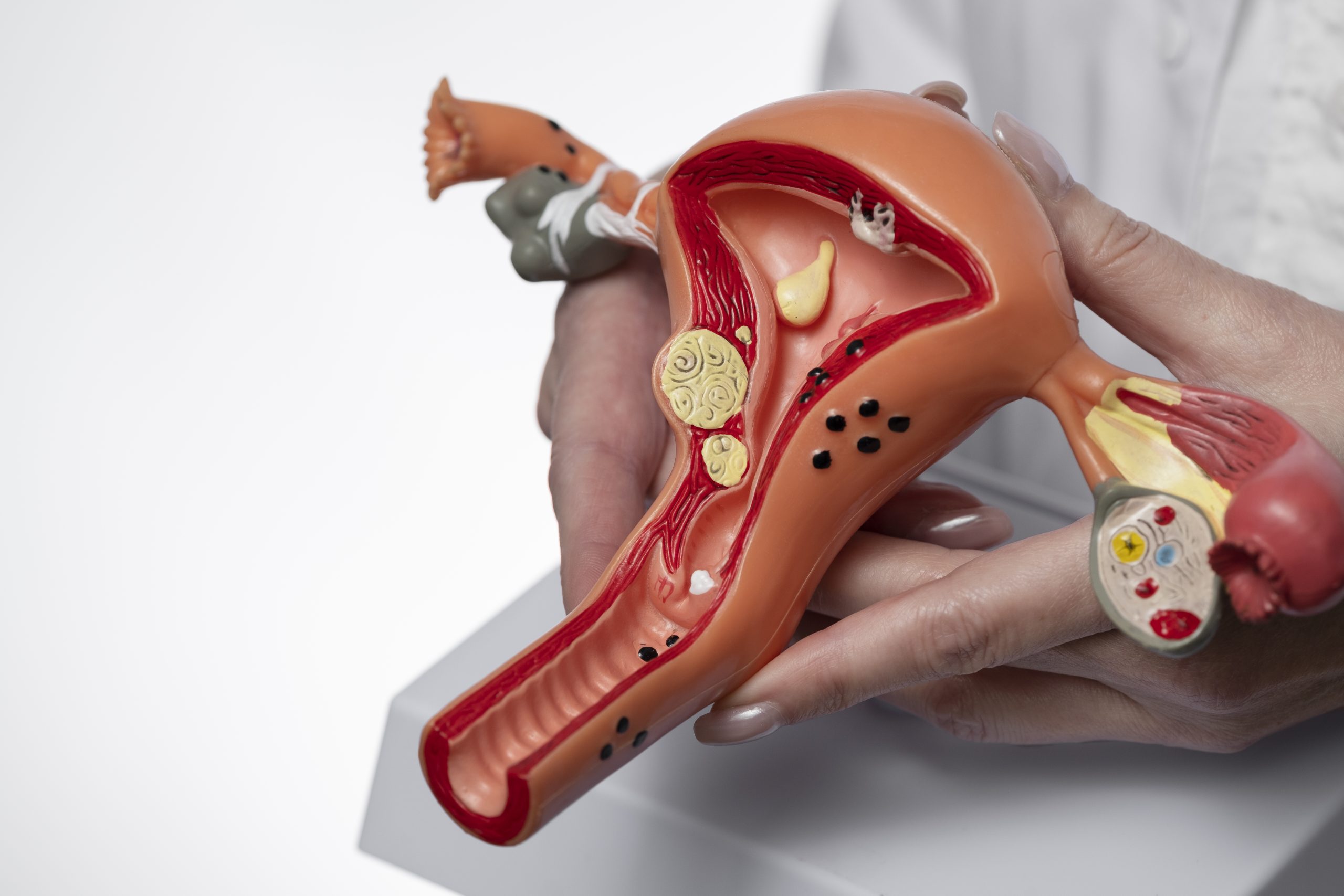A hysterectomy is one of the most common gynecological surgeries, yet it often comes with a whirlwind of emotions and questions. Whether you’re considering the procedure or simply want to be informed, we’ve got you covered. Let’s break it all down—what it is, why it’s done, and what to expect before and after surgery.
What is a Hysterectomy?
A hysterectomy is a surgical procedure to remove the uterus. Depending on the reason for the surgery, it may also involve the removal of the cervix, ovaries, and fallopian tubes. Once the uterus is removed, menstruation stops, and pregnancy is no longer possible.
Why is a Hysterectomy Done?
Doctors may recommend a hysterectomy for various reasons, including:
- Uterine Fibroids – Noncancerous growths that can cause pain and heavy bleeding.
- Endometriosis – A condition where tissue similar to the lining of the uterus grows outside of it, leading to severe pain and irregular bleeding.
- Uterine Prolapse – When the uterus slips down into the vagina, often due to weakened pelvic muscles.
- Chronic Pelvic Pain – If other treatments fail, a hysterectomy may be an option for long-term relief.
- Abnormal Uterine Bleeding – Persistent or heavy bleeding that does not respond to other treatments.
- Gynecologic Cancer – In cases of uterine, cervical, or ovarian cancer, a hysterectomy may be necessary to remove cancerous tissues.
Types of Hysterectomy
Not all hysterectomies are the same. The type of procedure depends on the condition being treated:
- Total Hysterectomy – Removal of the uterus and cervix (most common type).
- Subtotal (Partial) Hysterectomy – Removal of the uterus while leaving the cervix intact.
- Radical Hysterectomy – Removal of the uterus, cervix, part of the vagina, and surrounding tissues (usually for cancer treatment).
The surgery can be performed in different ways:
- Abdominal Hysterectomy – An incision is made in the lower abdomen to remove the uterus.
- Vaginal Hysterectomy – The uterus is removed through the vagina, leaving no external scars.
- Laparoscopic (or Robotic) Hysterectomy – A minimally invasive approach using small incisions and a camera for precision.
Preparing for Surgery
If you’re scheduled for a hysterectomy, preparation is key. Your doctor may advise:
- A pre-surgical check-up, including blood tests and imaging.
- Stopping certain medications before the procedure.
- Following a special diet or bowel preparation the night before surgery.
Recovery & Life After a Hysterectomy
Recovery time depends on the type of surgery:
- Abdominal hysterectomy: 6–8 weeks
- Vaginal or laparoscopic hysterectomy: 2–4 weeks
During recovery, expect some discomfort, fatigue, and light bleeding. It’s important to:
- Get plenty of rest but move around to prevent blood clots.
- Avoid heavy lifting and strenuous activities for a few weeks.
- Follow up with your doctor for post-surgical checkups.
How Does a Hysterectomy Affect Hormones?
- If your ovaries are removed, menopause begins immediately (surgical menopause), possibly leading to hot flashes, mood swings, and vaginal dryness.
- If the ovaries are left intact, hormone levels may gradually decline over time but won’t trigger sudden menopause.
Emotional & Mental Well-being
A hysterectomy can bring mixed emotions—relief from painful symptoms but also concerns about body changes, femininity, or future health. Talking to a therapist, joining support groups, or consulting with a gynecologist can help navigate these feelings.
Final Thoughts
A hysterectomy can be a life-changing decision, but understanding the procedure, recovery, and long-term effects can empower you to make the best choice for your health. If you have concerns, talk to a trusted gynecologist—knowledge is your best ally!
Considering a hysterectomy? House of Gynaecologists is here to help! Book a consultation with our experts today.

